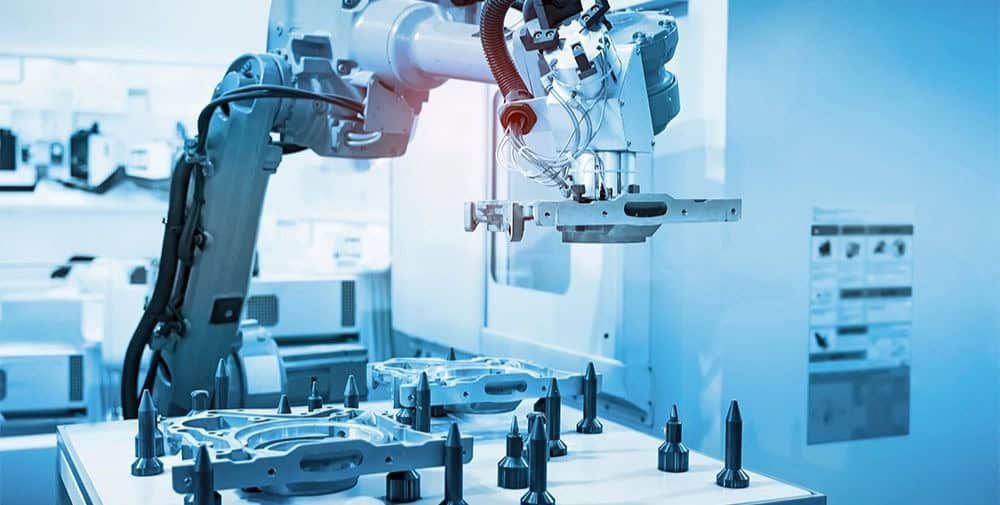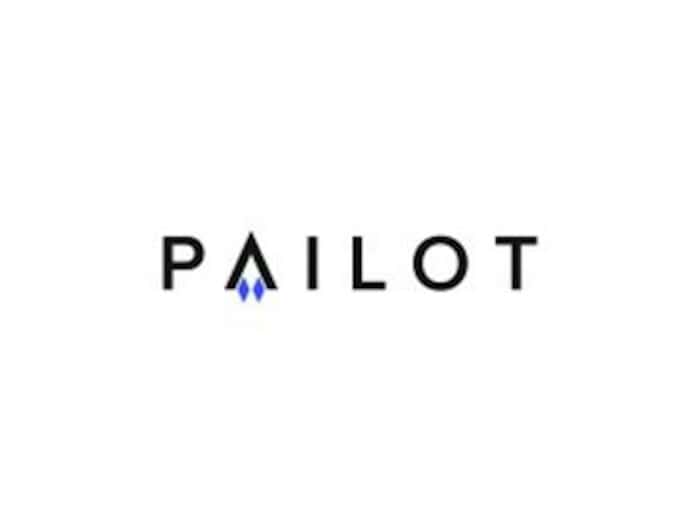June 21, 2024. AI promises to radically simplify and improve processes. However, in complex processes such as detailed planning, integrating AI into existing software is not enough. New types of software and workflows are required.
Categories
June 21, 2024. AI promises to radically simplify and improve processes. However, in complex processes such as detailed planning, integrating AI into existing software is not enough. New types of software and workflows are required.

Categories
Tags
Contact info
Silicon Saxony
Marketing, Kommunikation und Öffentlichkeitsarbeit
Manfred-von-Ardenne-Ring 20 F
Fax: +49 351 8925 889
Contact person:

Everyone is talking about artificial intelligence. The promise? Revolutionizing processes through automation while improving results at the same time. But how realistic is this promise, especially in complex applications such as detailed production planning?
Let’s take a look at detailed planning in discrete manufacturing. It answers a seemingly clear question: which operation is carried out when, on which machine, with which personnel and which tools in order to optimize important KPIs such as on-time delivery or throughput? Algorithms, which today fall under the heading of AI, have in principle been able to solve this optimization problem for a long time. However, the AI revolution in detailed planning has yet to materialize. Why is that?
AI works particularly well in clearly defined tasks with fully available information. Detailed production planning essentially requires data on machine and personnel capacities as well as operations to be planned. This information is relatively easy to provide. Detailed planning is therefore ideal for AI. It can quickly create an optimized production plan, which is often impossible for humans. But that is only part of the challenge.
In addition to the purely quantitative KPI-oriented optimization of the production plan, both soft factors and occurring events must be taken into account. This becomes particularly clear in the example of urgent customer orders that are prioritized by sales or management. While these orders should be processed as quickly as possible, they can, for example, lead to delays in deliveries for other customers or additional set-up times. The decision as to whether to accept these consequences must be made by a human weighing up the various factors.
In practice, however, this weighing up is rarely carried out, as the effects are not clear at a glance and decisions have to be made quickly. The sales department is often promised a delivery even though the gut feeling is that this might not be a good decision. However, these concerns cannot be substantiated with arguments as there is no quantitative basis for the decision.
This illustrates what successful detailed planning with AI must look like. It is not enough for the AI to create good production plans. The AI must also quickly provide the planner with well-founded options for action when events occur that require rescheduling. Each option must offer a possible production plan with KPIs so that the planner can make informed decisions. Transparency about the options and their consequences also enables a joint decision with other departments, such as sales. This can even lead to new solutions, such as a slight postponement of the important order to minimize the impact on other orders.
This creates a completely new working mode in which AI and humans can develop their full potential. This makes it clear that it is not enough to view AI as a tool that merely takes over work in an existing process. A paradigm shift is required – away from traditional approaches and towards a new collaboration between humans and AI. This requires a new type of software – for detailed planning as well as for other processes. This must be redesigned from the ground up to bring together human expertise and AI support. The role of the human user will change – from implementer to decision-maker and controller. This path requires not only the use of technology, but also innovation and rethinking.
– – – – – –
Photo: Pailot